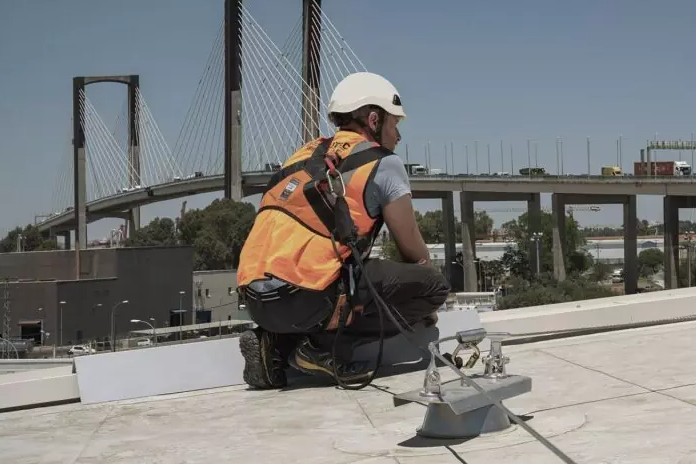Legacy systems are still deeply embedded in many organizations due to their reliability, business-critical functions, and high replacement costs. However, as cyber threats grow more sophisticated, protecting these outdated systems becomes a priority. Innerworks International recognizes that integrating modern cybersecurity solutions into legacy environments is both a necessity and a challenge. This blog explores how organizations can successfully bridge the gap between legacy architecture and modern security demands.
Why Legacy Systems Are Vulnerable
Legacy systems often operate on outdated software, with little to no support from vendors. They lack the ability to receive critical security patches, making them prime targets for exploitation. These systems also struggle with compatibility when attempting to adopt current security tools and protocols. Innerworks International has observed that in industries such as finance and healthcare, where legacy systems often handle sensitive data, vulnerabilities can lead to major compliance violations and costly breaches.
Common Cybersecurity Risks for Legacy Systems
Unpatched vulnerabilities top the list of risks, as they provide easy entry points for attackers. Many legacy systems also lack encryption, leaving data exposed during transmission. Insider threats are another major concern, especially when access controls are minimal or outdated. Additionally, integration with modern tools like SIEM (Security Information and Event Management) platforms is often difficult. Innerworks International helps organizations identify and mitigate these risks through tailored risk assessments and security enhancement strategies.
Key Principles Before Integration
Before implementing new cybersecurity solutions, a thorough security audit is essential. Innerworks International advises organizations to start by mapping data flow, understanding system dependencies, and identifying compliance requirements such as HIPAA or PCI-DSS. Establishing clear security goals upfront ensures that integration efforts are focused, efficient, and aligned with broader organizational objectives.
Step-by-Step: How to Integrate Cybersecurity Solutions into Legacy Systems
Network Segmentation
Isolating legacy systems from the rest of the network reduces the risk of lateral attacks. Innerworks International recommends using VLANs and firewalls to create secure zones with tightly controlled access. This prevents attackers from reaching critical infrastructure even if a legacy system is compromised.
Use of Security Gateways or Wrappers
By placing a gateway or wrapper around legacy systems, organizations can introduce authentication, encryption, and traffic filtering without altering the original software. Innerworks International utilizes secure middleware solutions that enhance protection while maintaining the operational integrity of legacy applications.
Deploy Endpoint Detection and Response (EDR)
EDR solutions monitor behavior on endpoints to detect suspicious activity. For legacy systems, Innerworks International suggests lightweight EDR tools that are compatible with older operating systems. These tools provide real-time alerts and support incident response efforts without overwhelming the system.
Implement Strong Access Controls
Restricting user privileges is one of the simplest and most effective ways to secure legacy environments. Innerworks International enforces role-based access and multi-factor authentication, minimizing the risk of unauthorized access and privilege abuse.
Regular Patch Emulation or Virtual Patching
When traditional patching isn’t feasible, virtual patching can fill the gap. Tools like intrusion prevention systems (IPS) can simulate the effects of a patch by blocking known exploits. Innerworks International implements such technologies to shield vulnerable systems without modifying their source code.
Tools and Technologies That Work with Legacy Systems
Modern cybersecurity doesn’t always mean replacing old systems. Innerworks International integrates tools specifically designed to work in legacy environments, including virtual patching platforms like Trend Micro Deep Security, legacy-compatible firewalls, and secure remote access solutions. These tools offer critical protection without disrupting business operations.
Best Practices for Long-Term Security
Maintaining security in legacy systems is an ongoing effort. Innerworks International encourages organizations to perform routine vulnerability scans, log all administrative changes, and regularly audit user activity. Continuous training for IT staff and end-users is also vital. While legacy systems may not be replaceable overnight, Innerworks International supports clients in planning gradual upgrades alongside robust short-term protections.
Takeaway
Securing legacy systems may be challenging, but with the right strategy, it’s entirely achievable. Innerworks International brings proven expertise to help organizations integrate cybersecurity solutions into aging infrastructures without costly overhauls. By combining practical tools, strategic planning, and ongoing support, Innerworks International ensures that even outdated systems remain resilient against today’s threats.















